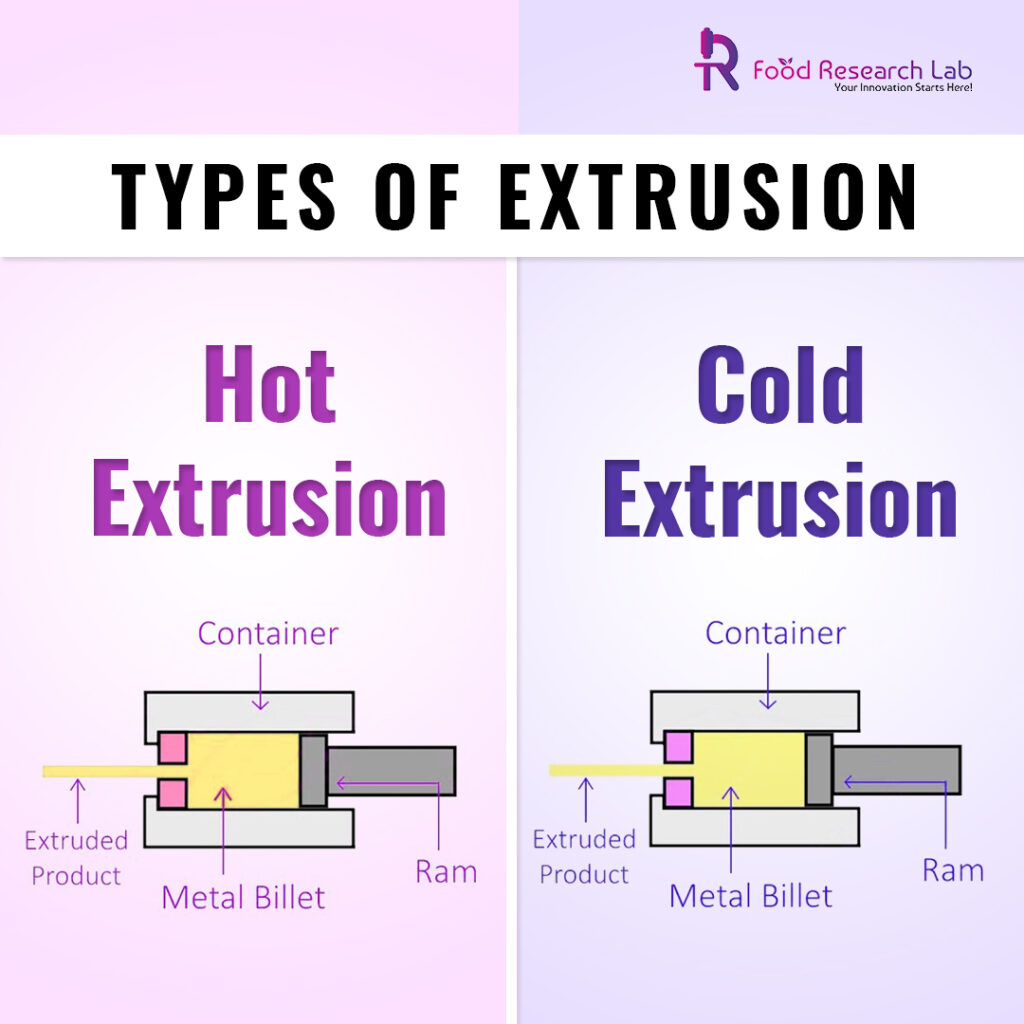Plant based meat alternatives:
Meat analogues are plant-based protein sources high in essential amino acids, low saturated fat, and cholesterol-free. Customers who are concerned about their well-being and health and the ecological, ethical, and social elements of eating animal meat are interested in meat analogues, as are individuals who are unable to consume animal meat due to expense, health issues, etc, and religious constraints. Protein is the most common protein element in meat analogues (50 to 95% dry matter), and soy protein and wheat gluten are the most commonly utilized protein components because they mimic the texture, look, functioning, and nutritional value of meat. Corn starch is commonly employed as a binding agent in meat analogues due to its lack of odour and taste, strong water absorption capacity (producing thickening), and its ability to enhance protein molecular cohesiveness.
Food Formulation And Food Innovation Techniques
It has been observed that a 90:10 mix of soy protein isolate and starch provided more texturization than pure soy protein isolates . Another formula was 60:40:5, which consisted of soy protein isolate, wheat gluten, and starch. Without vital wheat gluten (WG), the formula consisted of a 90:10 combination of isolated soy protein (ISP) and cornstarch (CS), with 59.12 g kg-1 moisture and 873.52 g kg-1 protein. The WG formula consisted of 50:40:10 combinations of ISP, WG, and CS, resulting in 63.92 g kg-1 moisture and 846.01 g kg-1 protein.
Extrusion cooking
Extrusion cooking is now thought to be a method for producing meat analogues by combining high temperature, pressure, and shear, resulting in melting protein molecules, intense mixing, and structure development. Gluten free protein foods are usually processed by extruder. Extrusion cooking removes harsh flavours and odours. Extrusion cooking at low moisture creates enlarged meat analogues with variable fibre content. Products are dried and packaged for storage after extrusion cooking, making them easy to handle and store, with a long shelf life. These items, however, require hydration before ingestion. Meanwhile, employing a lengthy cooling die during extrusion cooking, high-moisture applications may provide new and quality meat analogues with a pleasant fibrous texture. Although the look and eating feel are similar to cooked meats, these items have a short food shelf life.

The findings reveal that extrusion types and wheat gluten addition had a significant impact on physicochemical parameters essential in regulating the fibrous texture of the final product. In contrast, screw speed only had a modest impact on springiness. Using the same formula and screw speed, all high-moisture meat analogues (HMMAs) had a better integrity index, stronger springiness stability, and cutting strength than low-moisture meat analogues (LMMAs). Still, the nitrogen solubility index of HMMAs was lower. The greater cross-link production in HMMAs is thought to occur in the cooling die section, based on the physicochemical characteristics found.
Extruders with a fibrous and compact structure similar to that of muscle meat and a higher integrity index and texture stability may be produced using high-moisture extrusion cooking (Ready-To-Cook foods)and the addition of 400 g kg-1 wheat gluten to the recipe.
The food technologist at the food research contract lab assists you in the formulation of various shelf-stable products
(https://www.foodresearchlab.com/our-reference-projects/).
For new food product development and formulation,
please visit https://www.foodresearchlab.com/.
Reference
[1] Gu BY and Ryu GH, Effects of barrel temperature and addition of corn starch on physical properties of extruded soy protein isolate. J Korean Soc Food Sci Nutr 47:485–491 (2018). https://doi.org/10.3746/jkfn.2018.47.4.485
[2] Liu K and Hsieh FH, Protein-protein interactions during high-moisture extrusion for fibrous meat analogues and comparison of protein solubility methods using different solvent systems. J Agric Food Chem 56:2681–2687 (2008). https://doi.org/10.1021/jf073343q
[3] Samard, Sasimaporn, Bon‐Yeob Gu, and Gi‐Hyung Ryu. “Effects of extrusion types, screw speed and addition of wheat gluten on physicochemical characteristics and cooking stability of meat analogues.” Journal of the Science of Food and Agriculture 99, no. 11 (2019): 4922-4931.



